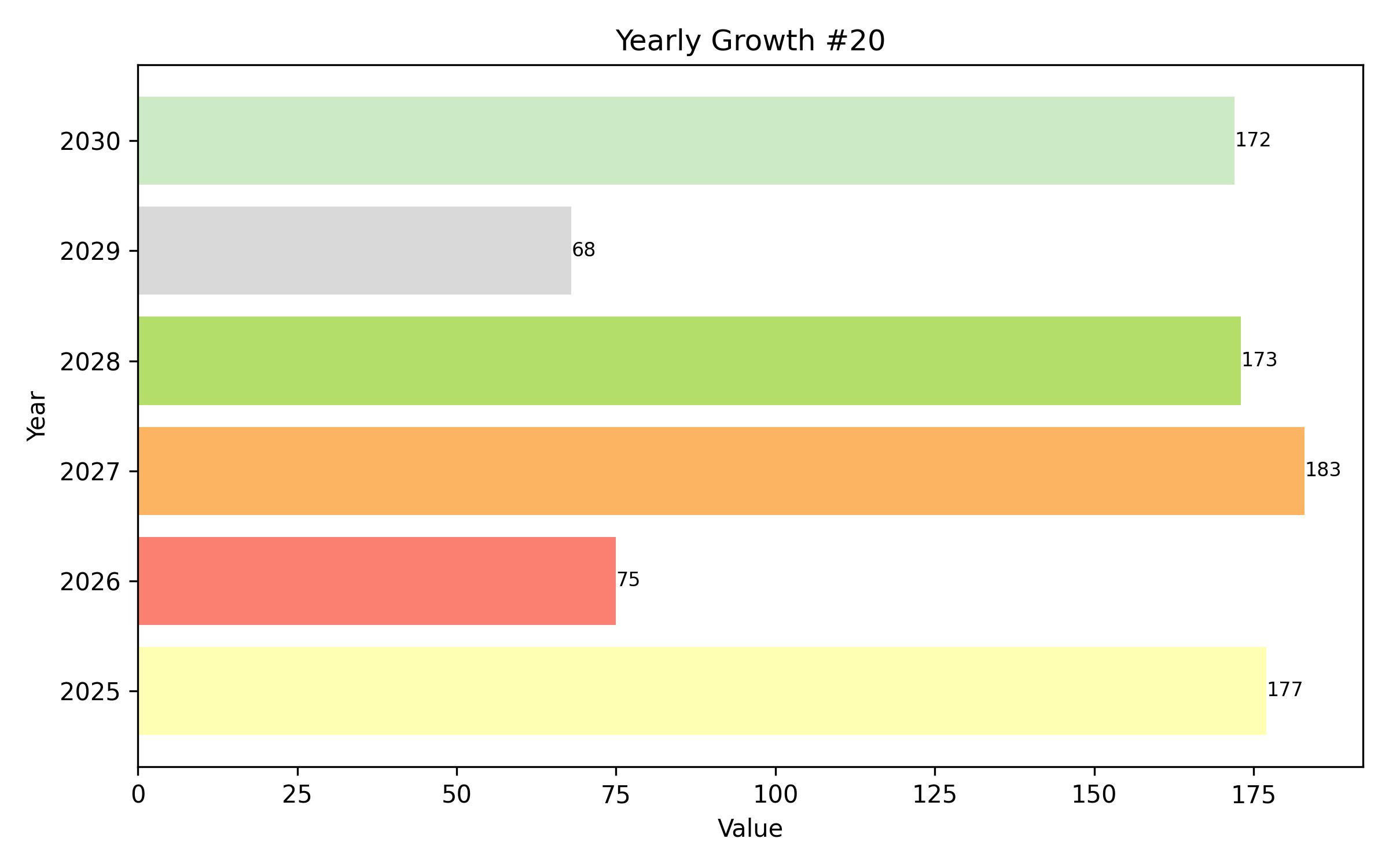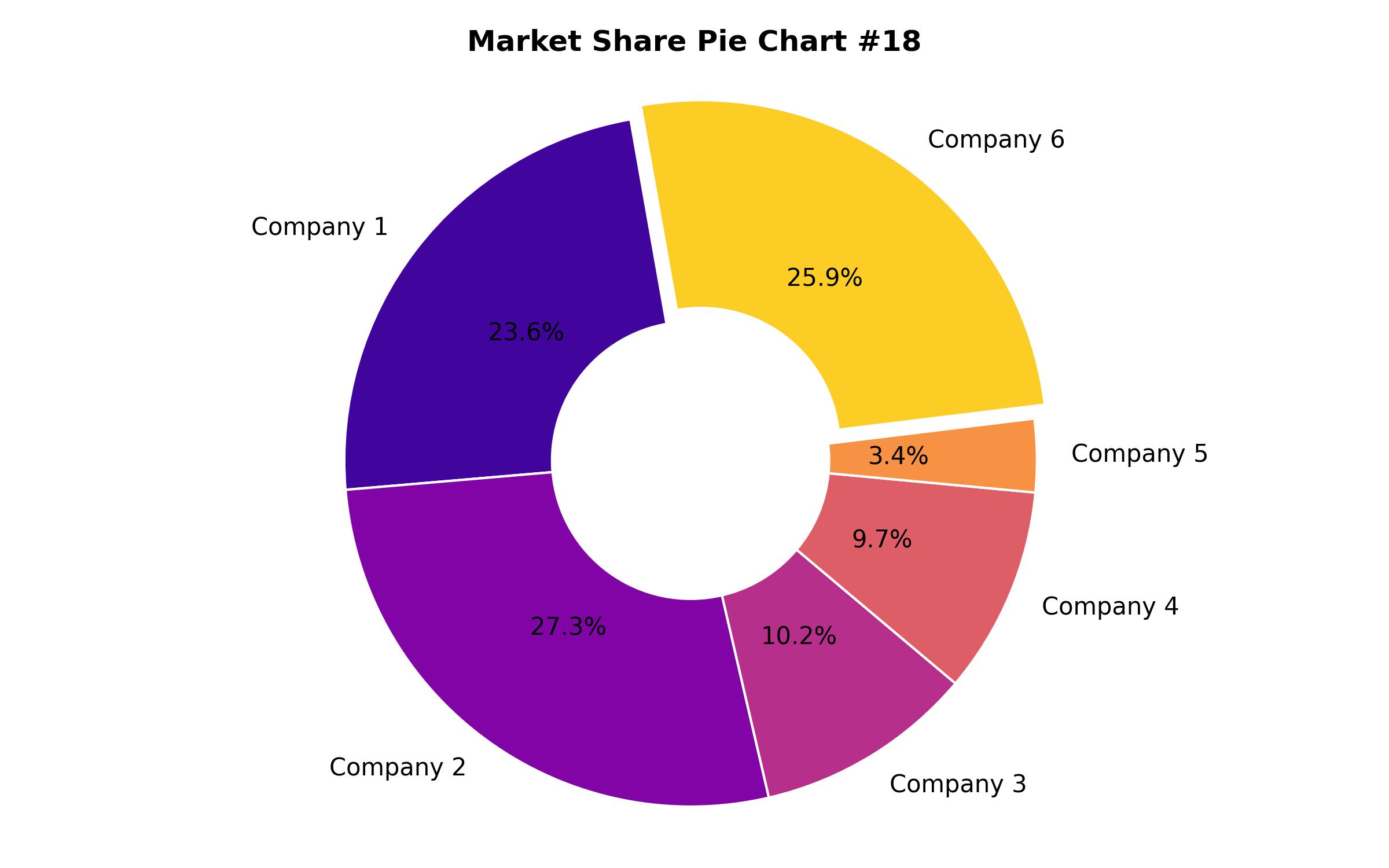Global Ready-to-Eat Food Industry Analysis and Future Projections
Overview:
The global ready-to-eat food sector is poised for considerable expansion over the next decade. Projections indicate the market will reach a valuation of USD 213.92 billion in 2025, expanding significantly to an estimated USD 515.80 billion by 2035, reflecting a compound annual growth rate (CAGR) of 9.2%. This accelerated growth builds upon a solid foundation, with a CAGR of 8.7% recorded during the period from 2020 to 2024.
A primary driver for this market’s upward trajectory is the rising consumer preference for convenient, minimally processed, and additive-free food options. The increasing pace of modern life necessitates quick meal solutions, making ready-to-eat meals particularly appealing to individuals with busy schedules globally.
The convenience offered by ready-to-eat foods is increasingly important, especially for working professionals, students, and single individuals who find themselves with limited time for traditional meal preparation. This shift in lifestyle fuels demand, as younger consumers, in particular, embrace these options for their ease and diverse flavor profiles.
The robust expansion of the food service industry, encompassing a wide array of establishments from hotels and restaurants to cafes and bakeries, also significantly contributes to the market’s growth. These businesses cater directly to the demand for accessible and on-the-go food choices.
| Attributes | Description |
|---|---|
| Estimated Global Industry Size (2025E) | USD 213.92 Billion |
| Projected Global Industry Value (2035F) | USD 515.80 Billion |
| Value-based CAGR (2025 to 2035) | 9.2% |
Beyond lifestyle factors, several macroeconomic trends further support market growth. Rapid urbanization, coupled with improving standards of living and increased disposable incomes, allows consumers to allocate more resources towards convenience foods. The growth of the food processing sector and wider market penetration are also instrumental.
The market is seeing a significant surge in demand for prepared frozen foods, highlighted between 2020 and 2024. These offerings exemplify the combination of convenience and quality that modern consumers seek, aligning with a desire for well-balanced and wholesome choices even when time is limited.
An emerging trend is the rising demand for natural, customizable, and health-conscious food items within the convenience sector. Consumers are increasingly willing to invest in ready-to-eat options that align with their health goals without compromising on ingredient quality. This trend is creating new segments within the market, specifically for premium convenience foods.
The ready-to-eat food market encompasses a wide variety of product categories, including meat products, bakery and confectionery goods, instant breakfast items, and cereals. Furthermore, ready-to-eat salads and vegetable preparations are gaining traction, especially in developing economies, owing to their appealing taste profile, ease of consumption, and growing awareness of the nutritional benefits of vegetables.

| Report Attribute | Details |
|---|---|
| Market Size in 2025 | USD 213.92 billion |
| Revenue Forecast for 2035 | USD 515.80 billion |
| Growth Rate (CAGR) | 9.2% from 2025 to 2035 |
| Base Year for Estimation | 2024 |
| Historical Data | 2020 – 2023 |
| Forecast Period | 2025 – 2035 |
| Quantitative Units | Revenue in USD million/billion and CAGR from 2025 to 2035 |
| Report Coverage | Revenue forecast, company market share, competitive landscape, growth factors, and trends |
| Covered Segments | Product Type, Sales Channel, and Region |
| Regional Scope | North America, Europe, Asia Pacific, Latin America, MEA |
| Country Scope | U.S., Canada, China, India, UK, Germany, France, Brazil, Mexico, Japan, Saudi Arabia, South Africa |
| Key Companies Analyzed | Nestlé, Campbell Soup Company, Dr.Oetker, Nomad Foods, Danone, General Mills Inc., McCain Foods Ltd., Conagra Brands, Inc. |
| Customization Options | Free report customization (up to 8 analysts working days) with purchase. Changes to country, regional, and segment scope |
| Pricing and Purchase Options | Customizable purchase options for tailored research needs |

Report Coverage & Deliverables
- Market Trends And Dynamics
- Competitve Benchmarking
- Historical data and forecasts
- Value/Volume analysis
- Company revenue shares and key strategies
- Regional opportunities
This is an indicative segmentation. Please request a sample report to see detail segmentation of this market.
Detailed Market Segmentation
- By Product Type
- Meat Products
- Baked Goods
- Confectionery
- Instant Breakfasts
- Cereals
- Salads
- Other Vegetables
- By Sales Channel
- Retail
- Food Service
- Institutional
- By Region
- North America (U.S., Canada, Mexico)
- Europe (U.K., Germany, France, Italy, Spain)
- Asia Pacific (China, India, Japan, South Korea, Australia)
- Latin America (Brazil, Argentina)
- Middle East & Africa (MEA) (UAE, Saudi Arabia, South Africa)
Table of Content
- Executive Summary
- Market Overview
- Key Market Trends
- Growth Drivers
- Market Demand Analysis 2020 to 2024 and Forecast, 2025 to 2035
- Market Size and Valuation
- Market Concentration Analysis
- Country-wise Insights
- U.S. Ready-to-eat Food Market Outlook
- India Ready-to-eat Food Market Growth
- China Ready-to-eat Food Market Emergence
- Category-wise Insights
- Ready-to-eat Food Market Analysis by Product Type
- Ready-to-eat Food Market Analysis by Sales Channel
- Competition Landscape
- Leading Manufacturers
- Company Profiles
- North America Market Analysis
- Europe Market Analysis
- Asia Pacific Market Analysis
- Latin America Market Analysis
- Middle East & Africa Market Analysis
- Research Methodology
